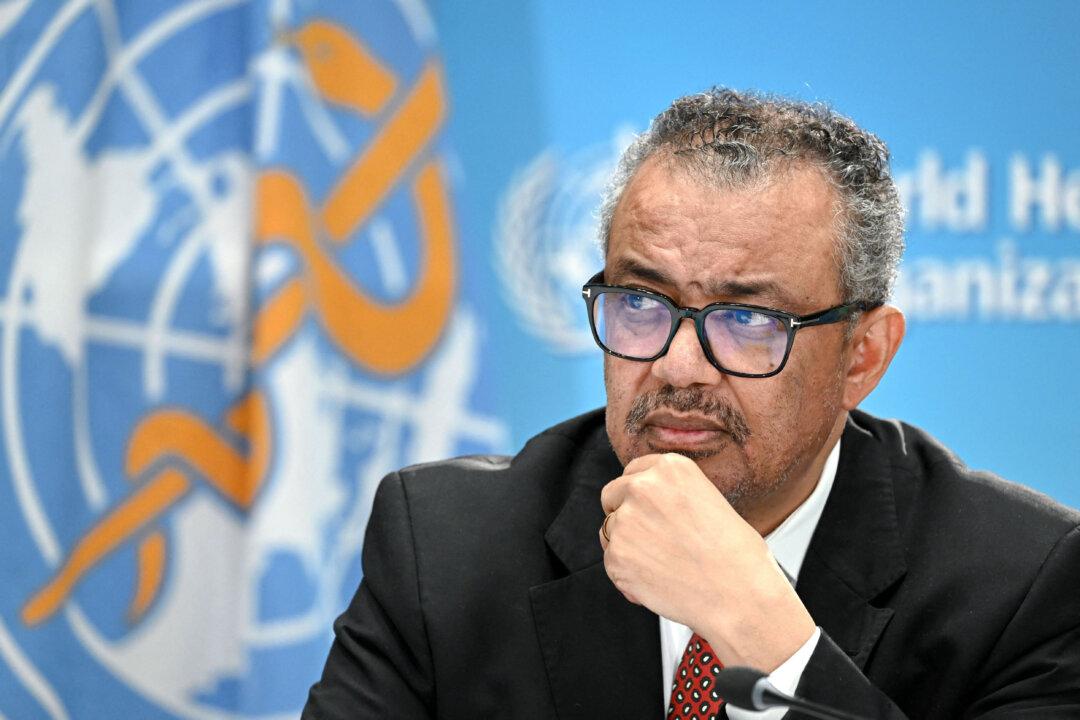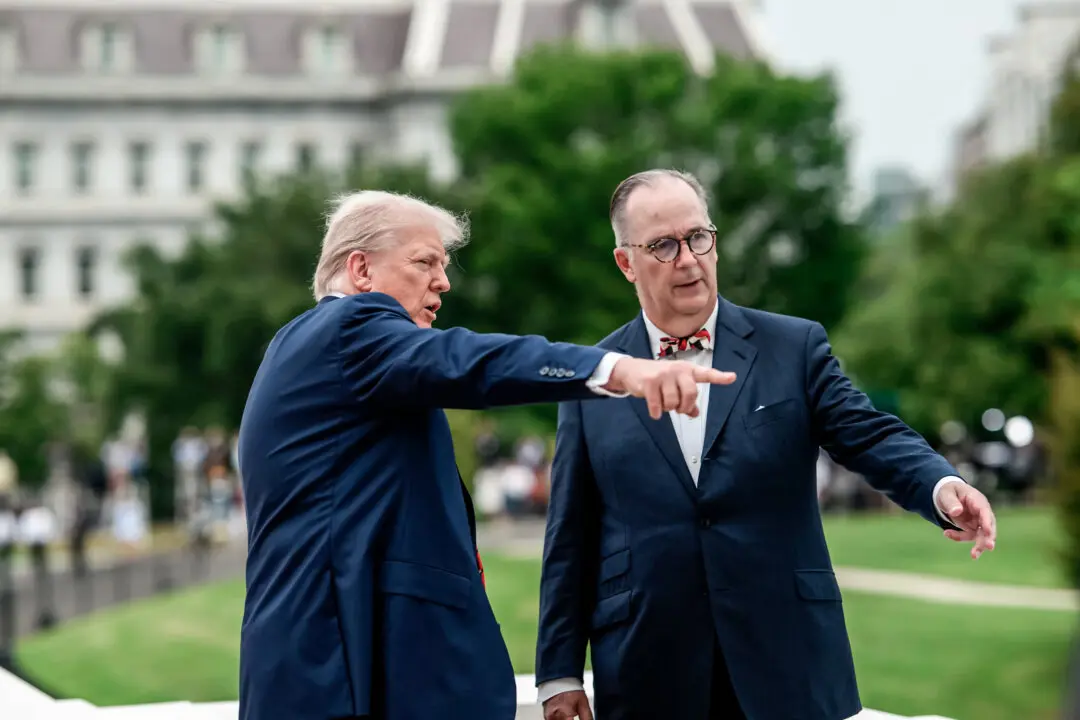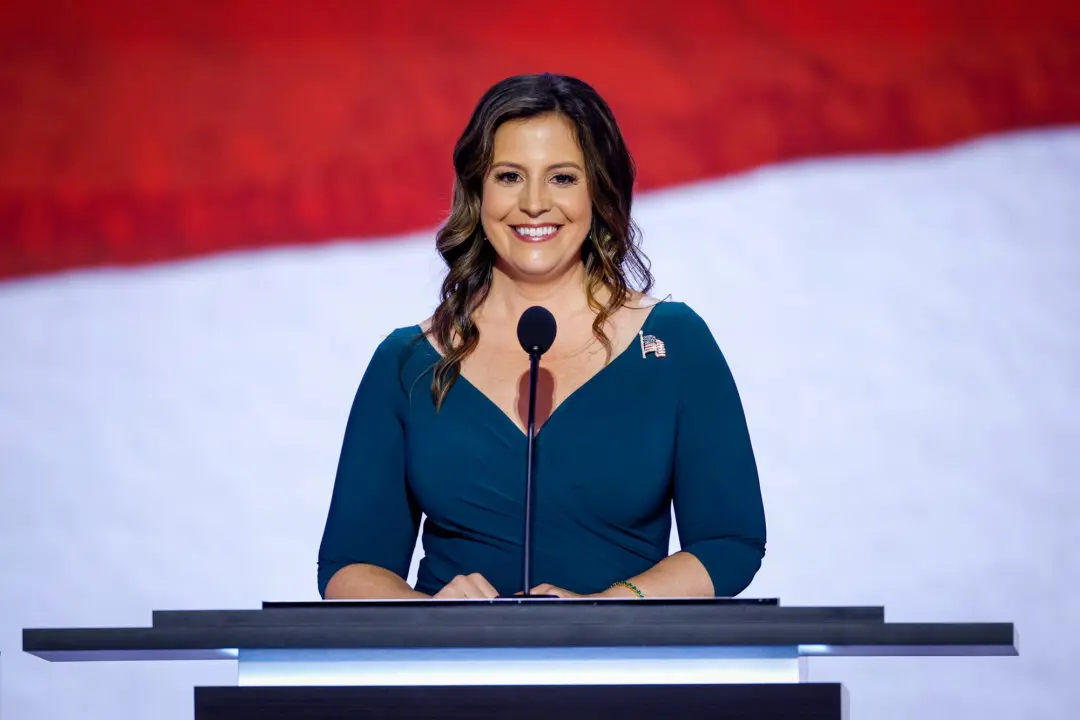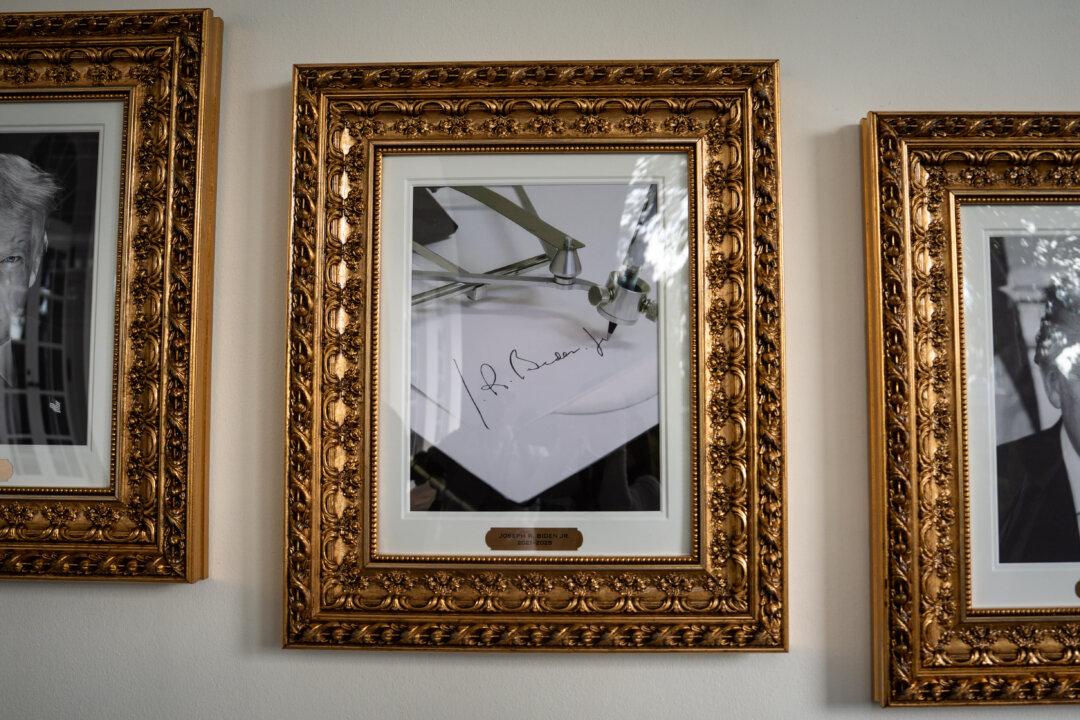On the first day in office of his second term, President Donald Trump signed an executive order to withdraw the United States from the World Health Organization (WHO), making good on a project from his first administration.
Trump’s Jan. 20 order halted U.S. funding to the United Nations body, citing the WHO’s “mishandling of the COVID-19 pandemic that arose out of Wuhan, China,” as well as other global health concerns.




